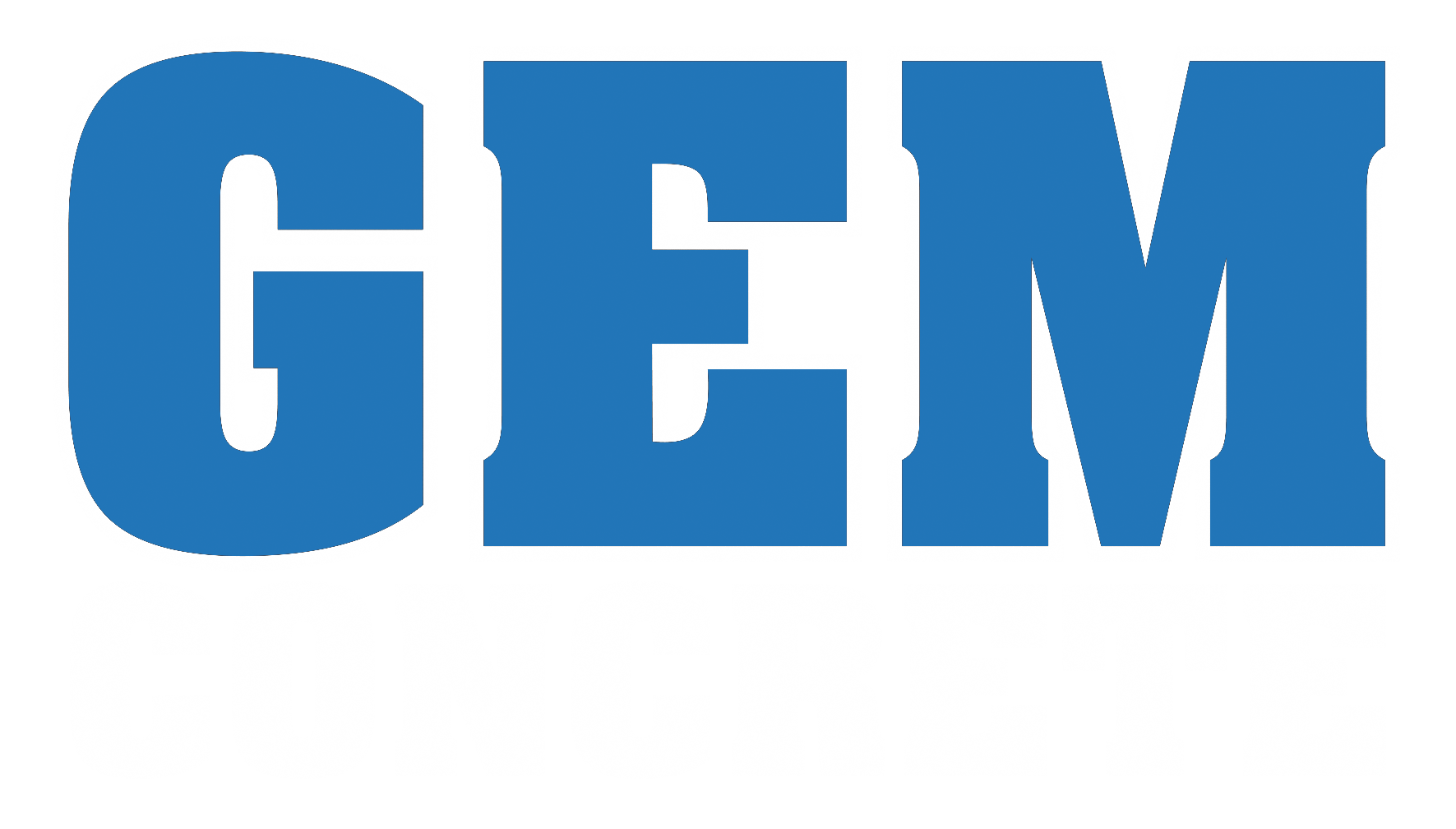Winter is coming, and for homeowners, it’s not just a catchphrase; it’s a call to action. One of the often-overlooked aspects of winter preparation is protecting concrete surfaces from freezing temperatures. These sturdy surfaces may seem indestructible, but winter can wreak havoc on them if not properly cared for. In this guide, we will explore why protecting your concrete is crucial and share effective methods to safeguard it. From understanding the impact of freezing temperatures to implementing long-term protective strategies, we’ve got you covered.
Understanding the Impact of Freezing Temperatures on Concrete
The Freeze-Thaw Cycle Explained
Concrete is porous, which means it can absorb moisture. When temperatures drop, this moisture freezes, expanding and putting pressure on the concrete. This process is known as the freeze-thaw cycle. Repeated cycles can eventually cause the concrete to crack and deteriorate.
 Common Signs of Freeze-Thaw Damage
Common Signs of Freeze-Thaw Damage
You might notice small cracks, flaking, or even large chunks breaking away from the surface during winter. These are telltale signs of freeze-thaw damage. Ignoring these signs can lead to more extensive—and expensive—repairs down the line.
The Science Behind the Damage
The science is simple but destructive. Water expands by about 9% when it freezes. This expansion can cause significant stress within the concrete, leading to the formation of cracks and other structural issues over time.
Preparing Your Concrete Surfaces for Winter
Inspection is the First Step
Before winter sets in, inspect your concrete surfaces carefully. Look for existing cracks or chips. These areas are more vulnerable to damage during the freeze-thaw cycles.
The Importance of Cleaning
Cleaning your concrete surfaces removes dirt, debris, and stains that can hold moisture against the surface. Pressure washing is an effective method to ensure your concrete is clean before winter.
Sealing for Protection
Applying a high-quality sealer is crucial. Sealers create a protective barrier against moisture penetration. Choose a sealer that’s appropriate for your climate and the type of concrete you have.
Best Practices for Protecting Concrete During Winter
Safe Snow and Ice Removal
Use plastic, rubber-edged, or polyurethane shovels instead of metal ones to prevent scraping your concrete. When using a snow blower, ensure its blades do not make direct contact with the surface.
Choosing the Right De-Icing Products
Not all de-icing products are concrete-friendly. Avoid products containing ammonium sulfate or ammonium nitrate as they can cause surface damage. Opt for calcium magnesium acetate or sand for safer ice removal.
Addressing Safety Concerns
While clearing snow and ice, always prioritize safety. Use proper footwear to prevent slips, and keep a sturdy hand shovel nearby for areas where machinery can’t reach.
Long-Term Strategies for Protecting Concrete
 Regular Maintenance is Key
Regular Maintenance is Key
Consistent maintenance throughout the year can prevent significant damage. Regularly sweep debris and keep an eye out for new cracks or chips.
The Role of Professional Services
Sometimes, professional intervention is necessary. Professionals can perform detailed inspections and apply industrial-grade sealants that offer superior protection against harsh winter conditions.
Investing in Quality Materials
Consider using high-quality concrete mixes and sealants that are designed to withstand extreme weather conditions. This investment can prolong the life of your concrete surfaces.
Winter doesn’t have to be a foe for your concrete surfaces. By understanding the impact of freezing temperatures and implementing both short-term and long-term protective measures, you can keep your concrete in top shape. Don’t wait until the damage is done—take proactive steps now to prepare your home for winter’s chill. For those who need additional guidance or services, consider consulting with a professional to ensure your concrete receives the best care possible. Your home deserves it, and so do you.

